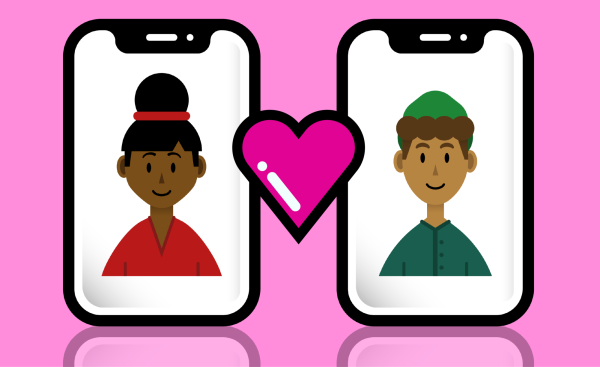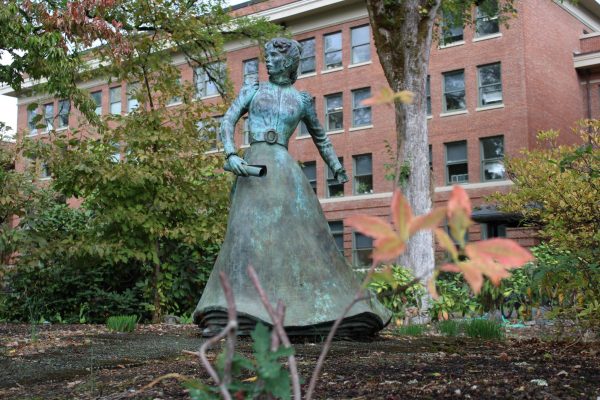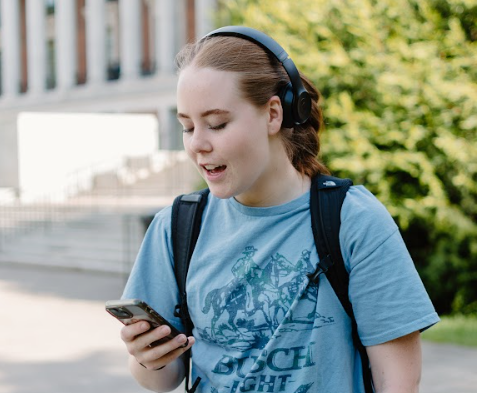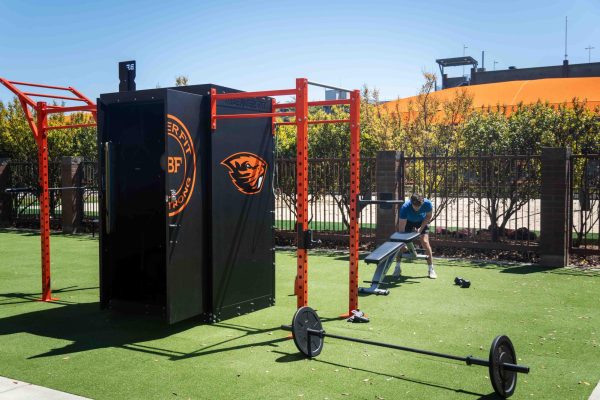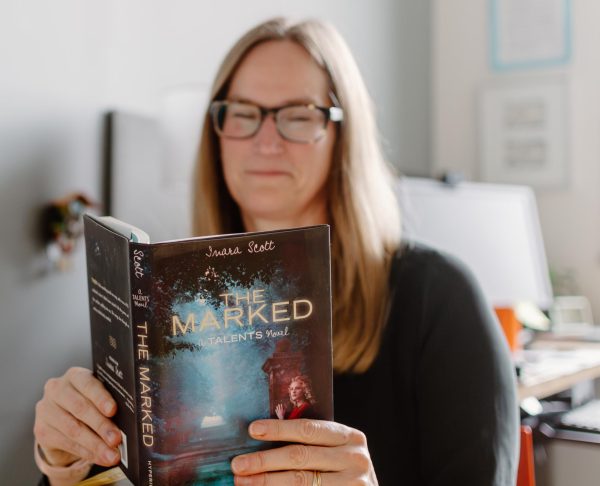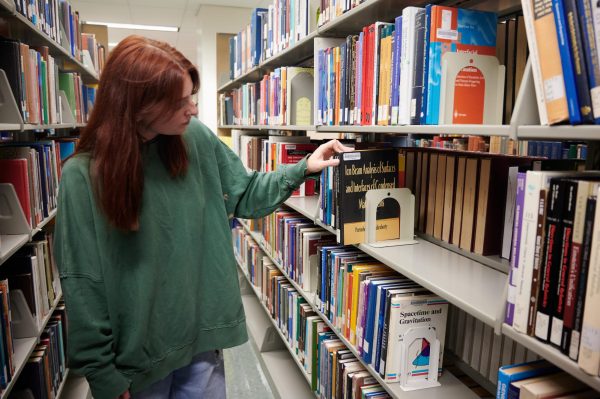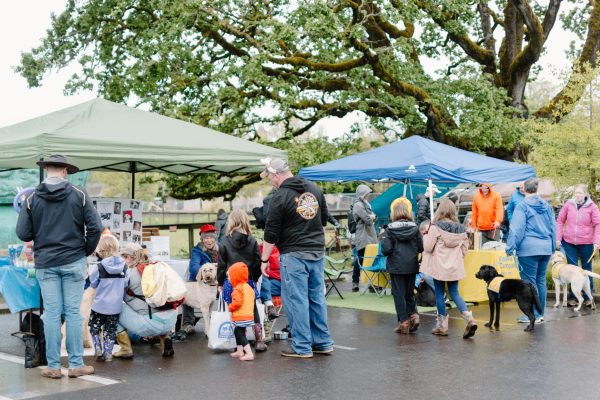How COVID-19 is transforming Oregon’s landscape
April 24, 2020
You’ve seen the headlines. The dolphins in the canals of Venice. The empty avenues in New York. You might even see a bit less smog outside your window. But wherever you are, by now it is clear that Covid-19’s impact reaches far beyond the people it infects. Social distancing and self isolation have proved to be powerful forces of change. Whether or not these viral images of “natures return” are true, is a different story.
It is true, at least, that fewer people are driving. Traffic along I5, the highway that runs from Portland through Eugene, is down over 40% according to OPB. Not all of this is from people skipping the commute to work from home. Grocery delivery is becoming a more common precaution, with high risk populations in particular avoiding crowded grocery aisles. A recent University of Washington study found that opting for grocery delivery could cut the associated congestion in half. One truck making the rounds means less people shuttling to and from grocery stores, and less pollution along the way. But while these figures are large, it doesn’t mean that Oregon is emission-free.
NO2, the main pollutant that cars emit, is down only 2% across both Oregon and Washington. This is far from the staggering dips seen in the Northeast United States, where NO2 levels plummeted almost 30%. That may be due to how rural Oregon is in comparison. Especially as you move out of the major cities of Portland, Salem, and Eugene, the state doesn’t have the density for reduced emissions to have a noticeable impact.
But these potential environmental shifts only tell half the story. Single use plastics — to-go containers and shopping bags — are skyrocketing. As in-person dining at restaurants is forbidden, many have turned to to-go orders via services like Uber Eats or DoorDash. And while these apps include options to withhold the traditional disposable cutlery, the food itself still arrives encased in plastic. Despite Oregon’s efforts to reduce plastic waste, even going so far as to ban plastic bags last year, it seems harder than ever to avoid contributing to this waste. Grocery stores too, such as Corvallis’s First Alternative Co-Op, are limiting the use of reusable containers.
Some people question the widespread shift back to single use plastics. A letter from the Plastics Industry Association, obtained by Politico, seems to prop up plastics as the safest material to weather Covid-19: “single-use plastic products are the most sanitary choice when it comes to … consumption and transport of food” The lobby group urges further deregulation of single use plastics in the wake of the pandemic: “We ask that [The Department of Health and Human Services] speak out against bans on these products as a public safety risk..”
While there is truth to their claims that coronavirus can live on surfaces for days — 2-3 days on stainless steel, for example — there is not evidence that plastic is an exception. In fact, in a study published in medical journal The Lancet Microbiome, Covid-19 survived on the surfaces of polypropylene plastic (the hard tupperware material), for up to 72 hours. This placed the survival rate ahead of cardboard and cloth, two more environmentally friendly options. So it seems that plastic isn’t the first line of defense the Plastics Industry Association claims.
So what can we as consumers and citizens do? We can start by being mindful of our actions. When you evaluate a potential precaution, think for yourself — will this really help me stay safe? Because the most environmentally friendly, not to mention most effective way to prevent the spread is by staying home and self isolating. Wearing a cloth face cover, washing hands frequently, and wiping down surfaces are all important ways to reduce transmission, and none of them need to involve excessive disposable plastic products.
But even after Covid-19 has come and gone, its lessons can remain. We can noticeably lower greenhouse emissions and pollution as a community. And by working together to flatten the curve, we reveal that it is in our power to change our environment for the better. We just have to put it to use.





